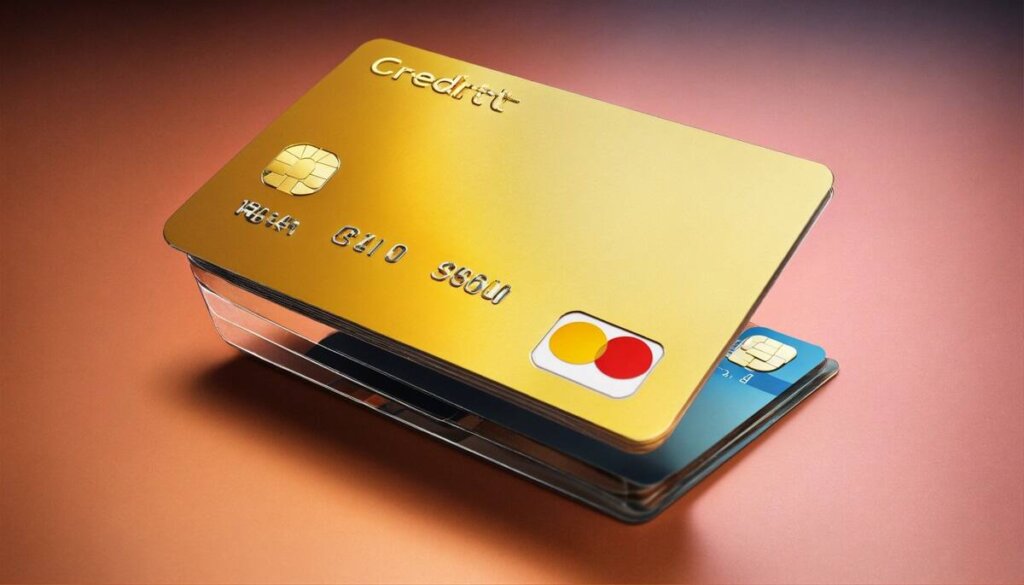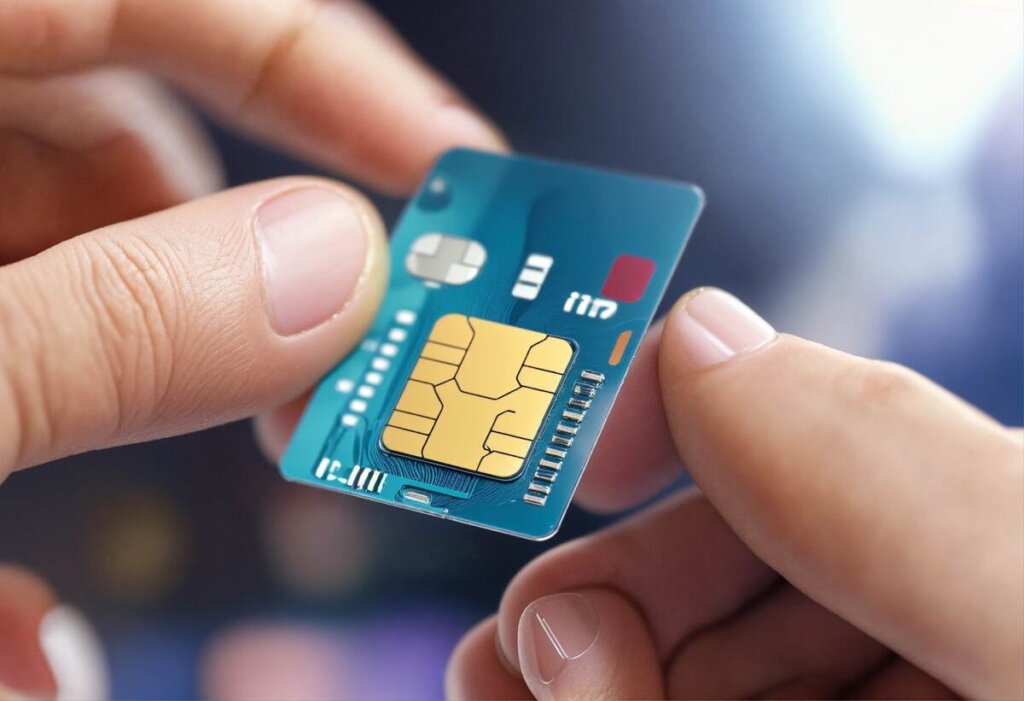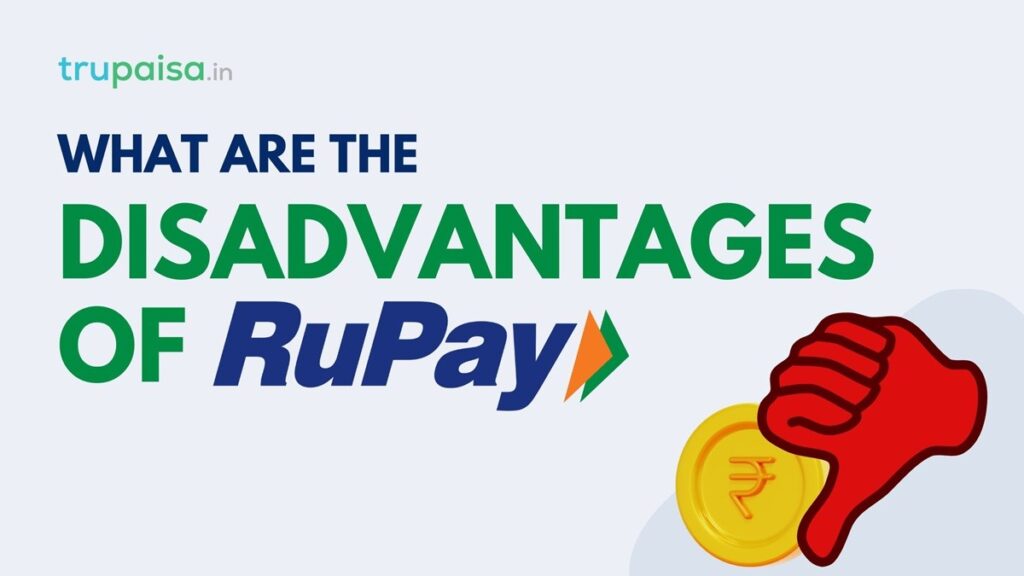Introduction
What is the disadvantage of RuPay? If you are bothered about this question, your quest will be over today.
Lets understand the intricacies around it.
RuPay is a domestic payment card system in India, launched in 2012 by the National Payments Corporation of India.
While it has gained popularity in India, it has some disadvantages that users should be aware of.
In this article, we will discuss the disadvantages of RuPay.

Very Limited International Acceptance
One of the biggest disadvantages of RuPay cards is their limited acceptance outside of India.
Unlike international payment card schemes like Visa and Mastercard, RuPay cards may not be widely accepted for transactions abroad.
This can be a drawback for individuals who frequently travel or make international purchases.
Limited Online and E-commerce Restrictions
First thing first. Rupay card is designed for domestic usage (In India).
While rupay cards can be used for online transactions of all types within the country, they may not be accepted on all international e-commerce websites & at other places.
This can limit the options available to cardholders in most of the online transactions.
Limited Global Benefits
When we compared to international payment card schemes, we find that the RuPay cards may offer relatively fewer reward programs, cashback offers, and other incentives.
This is a major drawback for individuals who value such benefits and prefer to earn rewards on their purchases.
READ MORE: Federal Scapia Credit Card Review- 100% Truth
READ MORE: Difference between a Neo Bank and a Payment Bank
Skewed Perception and Awareness
As you know that, overall, the number of banks and financial institutions issuing RuPay cards is relatively limited compared to other payment card provider such as visa, mastercard & americal express.
This can limit the options available to individuals who prefer to use a particular bank or financial institution for their financial needs/ online transaction/ purchases.

READ MORE: Is Kotak 811 a Neo Bank in India? The Real Truth
READ MORE: Is Google Pay a Neo Bank? Unravelling The Real Truth
Security Concerns
Recently it has been noticed that the instances of security breaches and fraudulent activities related to RuPay cards have been increased dramtically.
The National Payments Corporation of India (NPCI) has implemented measures to tackle these concerns; however, the absence of advanced security features, especially when compared to other payment card schemes, remains a notable disadvantage.
Customer Service
Compared to other payment card schemes, RuPay cards may offer limited customer service options.
This can make it difficult for cardholders to resolve issues or address concerns related to their cards.
Variability in Card Features
RuPay offers different card variants, such as Classic, Platinum, and Select.
However, the features and benefits associated with these cards can vary.
Users might find that the benefits offered by RuPay cards, especially in the lower-tier variants, are not as extensive as those provided by international counterparts.
This variability in features may impact the overall user experience.

ATM Network Abroad
While RuPay cards allow for cash withdrawals abroad, the availability of ATMs accepting RuPay cards may be limited compared to international counterparts.
Travelers might face challenges in accessing cash conveniently, especially in regions where RuPay is less recognized.
Addressing Specific Issues: SIM Card Verification
A notable concern reported by users revolves around the verification of the SIM card.
This issue is often linked to the completion of the Know Your Customer (KYC) requirements within the app.
Users encountering difficulties in this aspect are advised to seek personalized assistance from RuPay customer support.
Conclusion
Don’t get blinded by national pride or slick marketing jingles.
Do your research, understand your needs, and choose the card that best fits your financial journey.
After all, in the world of payments, a one-size-fits-all approach rarely exists. Explore, compare, and choose wisely.
Your wallet, and your Italian cappuccino dreams, will thank you for it.
“A credit card is like a magic wand that can make your problems disappear – temporarily, until they reappear with interest” – Dave Ramsey
FAQs
Is it safe to use RuPay?
Yes, it is generally safe to use RuPay for transactions.
RuPay is a secure payment system developed by the National Payments Corporation of India (NPCI) in 2012.
It employs robust security measures, including encryption and authentication protocols, to safeguard user information.
However, as with any financial tool, users should follow best practices, such as protecting their card details and using secure online channels, to ensure a safe and secure payment experience.
Moreover, RuPay cards are accepted across 8 million POS terminals and over 10,000 e-commerce websites, making it a convenient option for users.
Besides this, Additionally, RuPay cards have lower transaction and processing costs due to the domestic card network system. Therefore, it is safe to use RuPay cards for transactions in India.
Which is better RuPay or Visa?
RuPay and Visa offer distinct features.
RuPay is a domestic card, widely accepted in India, with lower transaction and processing costs. It provides benefits such as rewards points and travel offers.
Visa, an international payment system, is accepted globally, with higher processing fees. While RuPay is more secure for domestic transactions, Visa offers cross-border transaction capabilities.
The choice between RuPay and Visa depends on individual preferences, with RuPay being advantageous for domestic use and Visa for international transactions.
What is the limit of RuPay?
The transaction limits for RuPay cards can vary based on the specific type of RuPay card and the issuing bank.
For example, the RuPay Select Debit Card from Union Bank of India has a daily shopping limit of Rs. 1,00,000 for PoS and E-commerce, and a total daily limit of Rs. 4,00,000.
On the other hand, the RuPay Premium Debit Card from HDFC Bank offers a daily domestic shopping limit of Rs. 2.75 lakhs.
It’s important to check with the specific bank and card variant for the most accurate and up-to-date information on transaction limits.
What are the disadvantages of UPI credit card?
The disadvantages of linking a credit card with UPI (Unified Payments Interface) include the risk of overspending, which could lead to impulse purchases and unnecessary spending, causing a possible surge in credit card debt.
Additionally, the convenience of payments could lead to more impulse purchases and unnecessary spending, causing a possible surge in credit card debt.
There is also a risk of falling into a debt trap, as credit cards permit users to use funds they don’t currently have, potentially causing interest charges on their purchases.
Therefore, it is important to be cautious while using UPI and credit cards to avoid overspending and falling into a debt trap.
More specifically, not all merchants, especially smaller ones, might have enabled UPI credit card payments due to additional transaction fees they incur. This can limit your spending options compared to regular UPI.
Which country owns RuPay?
India.
RuPay is an indigenous payment card launched by the National Payments Corporation of India (NPCI) in 2012 for all Indian banks.
It is a highly secure network that protects against anti-phishing and emphasizes that it is India’s very own.
RuPay cards are accepted across 8 million POS terminals and over 10,000 e-commerce websites, making it a convenient option for users.
Therefore, RuPay is owned by India and is a domestic card payment network.
Is RuPay cheaper than Visa?
RuPay cards are generally cheaper than Visa cards due to lower processing fees for domestic transactions.
RuPay’s domestic processing for local transactions results in reduced processing fees, making it a cost-effective option.
Additionally, RuPay cards are widely accepted within India, offering a convenient payment solution for domestic users.
However, Visa cards are accepted globally, making them suitable for international transactions.
Therefore, the choice between RuPay and Visa depends on the user’s specific transaction requirements.
Which type of RuPay card is best?
It depends on your specific needs and preferences.
Primarily, RuPay offers debit cards in three variants: RuPay Classic, RuPay Platinum, and RuPay Select.
Each variant has its own features and benefits as under:
- RuPay Classic: This is a minimal card offering features such as various travel, pharmacy, lifestyle, cosmetics, retail, shopping, and jewelry. It does not offer exotic benefits.
- RuPay Platinum: This is a middle-tier offering from RuPay stable. It providing all the features of Classic, plus more offers and benefits such as airport lounge access, comprehensive insurance coverage of up to ₹2,00,000, and various other merchant offers.
- RuPay Select: Launched in 2020, this card targets affluent customers and is the most premium debit card offering from RuPay. It is independent of its previous offerings and provides additional features and benefits
What is the advantage of RuPay?
RuPay offers several advantages, including lower transaction and processing costs due to the domestic card network system, making it a cost-effective option.
RuPay cards are widely accepted within India, offering a convenient payment solution for domestic users.
RuPay cards were able to provide banking solutions to the rural population of India, whereas other international cards failed to do so.
RuPay cards are accepted across 8 million POS terminals and over 10,000 e-commerce websites. RuPay is designed to meet the needs of Indian customers, with customized features and benefits.
RuPay cards are highly secure, with data of consumers and all transactions secured under this system. Additionally, RuPay cards offer accidental insurance for RuPay ATM cardholders.
Therefore, RuPay offers several advantages, making it a popular payment option in India.
Are RuPay debit cards accepted internationally?
Yes.
RuPay debit cards are accepted internationally at over 1.90 million ATMs and 42.4 million POS terminals in 185 countries and territories worldwide.
Point to note here is that RuPay has tied up with international players like Discover, JCB, and PPRO Financial, which account for half of all international transactions coming from India.
LATEST POSTS:
- Best Paper Trading Application In India
- Ashneer Grover Net Worth: Income, Wealth & LifeStyle!
- Stock Trading In India For Beginners: Step By Step Guide
- Vastu Shastra For Home: Boost Positive Energy Of Your Home.
- ESG Full Form || ESG Investing: A Complete Guide
2024 apartment Banking biography book review books Broking cards cibil score complete guide credit cards demat esg investment facts finance fintech flats forex governement schemes home home buying home loan investment loan mindset mind to matter mivan technologies mutual funds neobanks nri OC and CC p2p personal finance plots plots in lucknow reading habits real estate real estate terms retirement planning reviews stock market tax benefit taxes trading vastu








